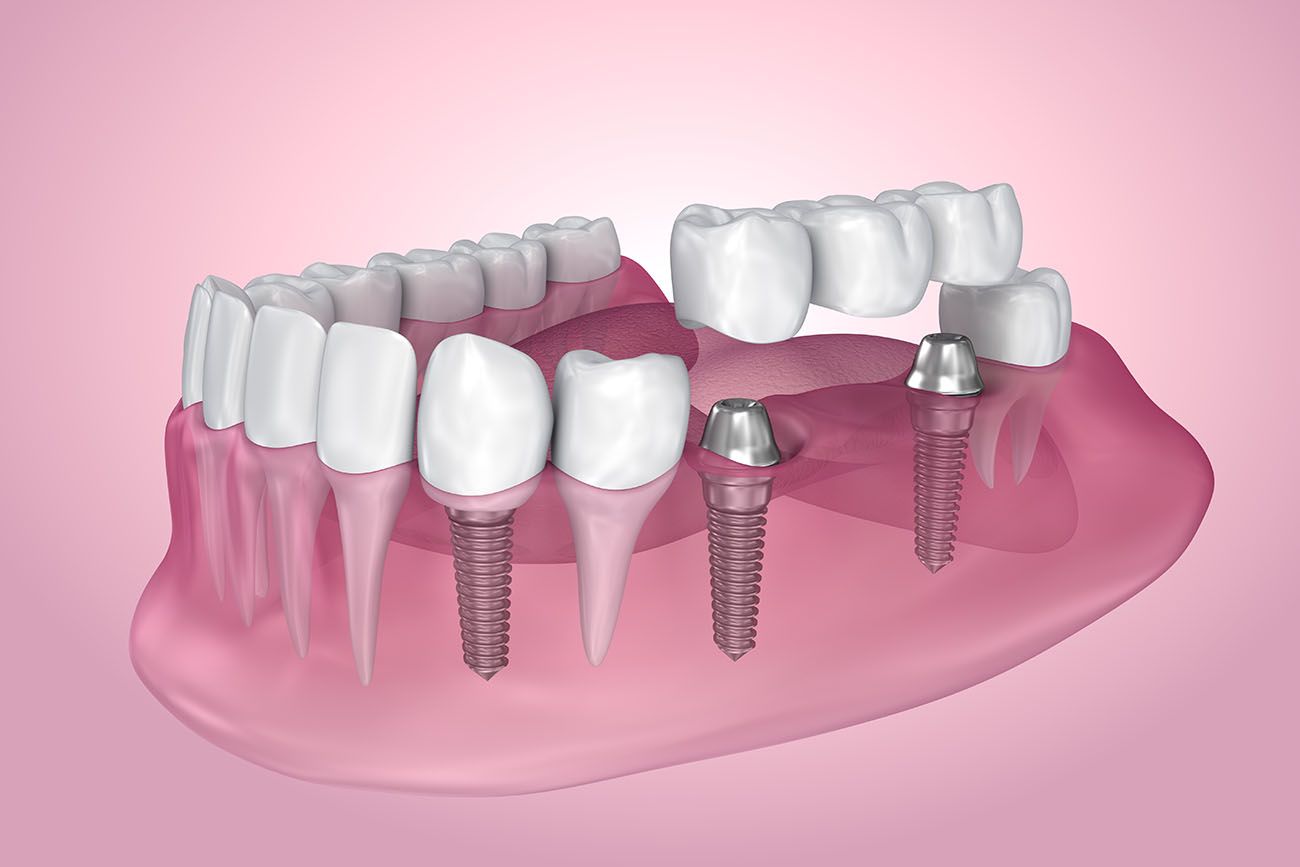Dental Implants: A Practical Guide to Restoring Your Oral Health and Smile
In the world of modern dentistry, dental implants have emerged as a remarkable solution for those seeking to replace missing teeth. Whether you've lost a tooth due to injury, decay, or gum disease, understanding dental implants can be for your oral health and confidence.
Introduction to Dental Implants
Dental implants are more than just artificial teeth replacements; they are a revolutionary dental restoration option that mimics the function and appearance of natural teeth. They have become increasingly popular in recent years, offering a long - term and reliable solution for individuals with missing teeth.
What are Dental Implants?
At their core, dental implants consist of three main components. The implant itself is a small titanium post that is surgically inserted into the jawbone. Titanium is used because it has a unique property of osseointegration, which means it can fuse with the natural bone over time, providing a stable and durable foundation.
The Significance of Dental Implants
Dental implants offer numerous benefits. Firstly, they provide a more natural look and feel compared to other tooth replacement options like dentures. Since the implant is integrated into the jawbone, it functions in a similar way to a natural tooth root, allowing for normal chewing and biting forces. This not only improves the quality of life but also helps maintain the integrity of the jawbone.
The Process of Getting Dental Implants
Initial Consultation
The journey to getting dental implants begins with an initial consultation with a dentist or oral surgeon. During this visit, the dentist will conduct a comprehensive oral examination, which may include X - rays, CT scans, and a review of your medical history. This is to assess the condition of your jawbone, check for any underlying oral health issues, and determine if you are a suitable candidate for dental implants.
Surgical Placement of the Implant
- Pre - operative PreparationOnce you are deemed a suitable candidate, the next step is the surgical placement of the implant. Before the surgery, you will be given local anesthesia to numb the area where the implant will be inserted. In some cases, depending on the complexity of the procedure and your comfort level, general anesthesia or intravenous sedation may be used.
- Implant InsertionUsing specialized surgical instruments, the dentist will carefully drill a hole in the jawbone and place the titanium implant into the prepared site. The implant is inserted at a precise angle and depth to ensure proper osseointegration. After the implant is placed, the gum tissue is sutured back into place.
Healing and Osseointegration
- The Healing ProcessAfter the implant is placed, the body begins a natural healing process. Over the next few weeks to several months, the titanium implant will gradually fuse with the surrounding jawbone through osseointegration. During this time, it's crucial to follow the dentist's instructions carefully.
- Timeframe for OsseointegrationThe time it takes for osseointegration to occur can vary from person to person, but generally, it takes between 3 to 6 months. Factors such as the quality and quantity of the jawbone, your overall health, and the type of implant used can influence this timeframe. In some cases, if the jawbone is not dense enough or there is not enough bone volume, a bone graft may be required before implant placement.
Abutment and Crown Placement
- Abutment ConnectionOnce the implant has successfully integrated with the jawbone, the next step is to connect the abutment. This is a minor surgical procedure where the dentist will reopen the gum tissue to access the implant and attach the abutment. The abutment serves as a connection point between the implant and the crown.
- Crown PlacementAfter the abutment has healed in place, the final step is the placement of the crown. The dentist will take impressions of your teeth to create a custom - made crown that matches the color, shape, and size of your natural teeth. The crown is then carefully attached to the abutment, completing the dental implant restoration.
Dental Implant Prices
Factors Affecting Dental Implant Prices
- Type of ImplantThe type of implant used can significantly impact the price. There are different brands and models of dental implants available in the market, each with its own features and price range. High - quality implants from well - known manufacturers may be more expensive but often come with a higher success rate and longer - term durability.
- Number of ImplantsThe more implants you need, the higher the overall cost will be. A single - tooth implant will generally cost less than multiple - tooth implants or a full - mouth implant restoration. In cases where multiple teeth are missing, options such as implant - supported bridges or dentures may be more cost - effective than placing individual implants for each tooth.
- Location of the ImplantThe location of the implant in the mouth can also influence the price. Implants placed in the back of the mouth, such as in the molar area, may be more expensive due to the complexity of the anatomy in that region. The back teeth are larger and require more bone support, and the surgical procedure may be more challenging.
Affordable Dental Implant Options
- Dental Insurance and FinancingMany dental insurance plans may cover a portion of the cost of dental implants, especially if they are considered medically necessary. It's important to check with your insurance provider to understand the extent of coverage, including any deductibles, co - pays, or annual limits.
- Dental TourismDental tourism has become an option for some individuals seeking more affordable dental implants. Traveling to countries where dental services are generally less expensive can potentially save you a significant amount of money. However, it's important to thoroughly research the dental clinic and the dentist's credentials before making a decision.

